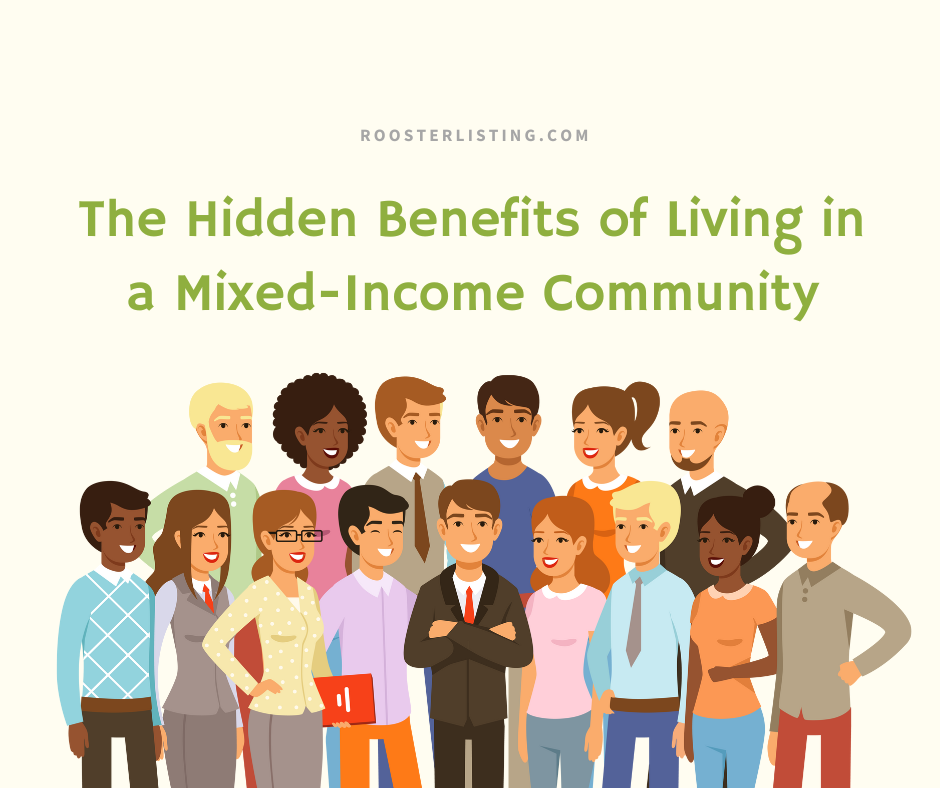
Mixed-income communities are more than just a mix of housing options, they are places where lives intertwine, opportunities grow and neighborhoods collide. Far from the financial relief that affordable housing provides, these communities bring people together, and create a sense of belonging. They not only offer a place to live; they build bridges between different groups of people, open doors to new possibilities and mold a future where everyone has a chance to succeed.
A Stronger Sense of Community.
When people from different income levels share the same neighborhood, it molds good social interaction. Residents develop relationships that transcend economic status, creating a more supportive and collided community. This diversity brings fresh perspectives, stronger networks and a sense of shared responsibility in maintaining the neighborhood’s well-being.
Economic Growth & Opportunity.
Mixed-income housing can lead to better job opportunities and economic mobility for lower-income residents. Living in areas with a mix of income levels often means good access to quality schools, public services and job networks. For businesses, these communities offer a broader customer base by helping local shops and services thrive in the market.
Improved Neighborhood Stability.
Unlike concentrated moderate-income housing, which can sometimes struggle with mixed-income communities tend to attract higher-quality infrastructure and services. With a diverse group of residents invested in the area’s success, these neighborhoods often see lower crime rates and improved public spaces.
Breaking Social Barriers.
Living in a mixed-income community fosters mutual understanding across economic lines. It creates opportunities for people from different backgrounds to interact, learn from each other and build relationships based on shared experiences rather than financial status.
By promoting inclusivity, economic stability and community engagement, mixed-income housing benefits everyone, not just those in need of affordable homes, but entire cities looking to create more sustainable neighborhoods.

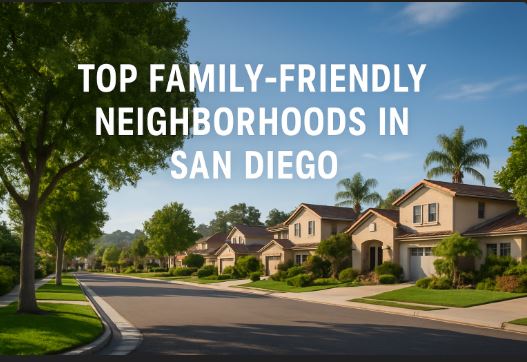
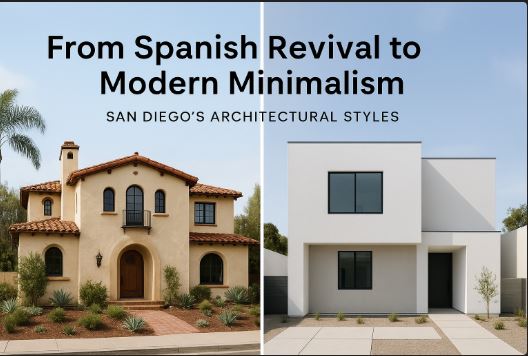
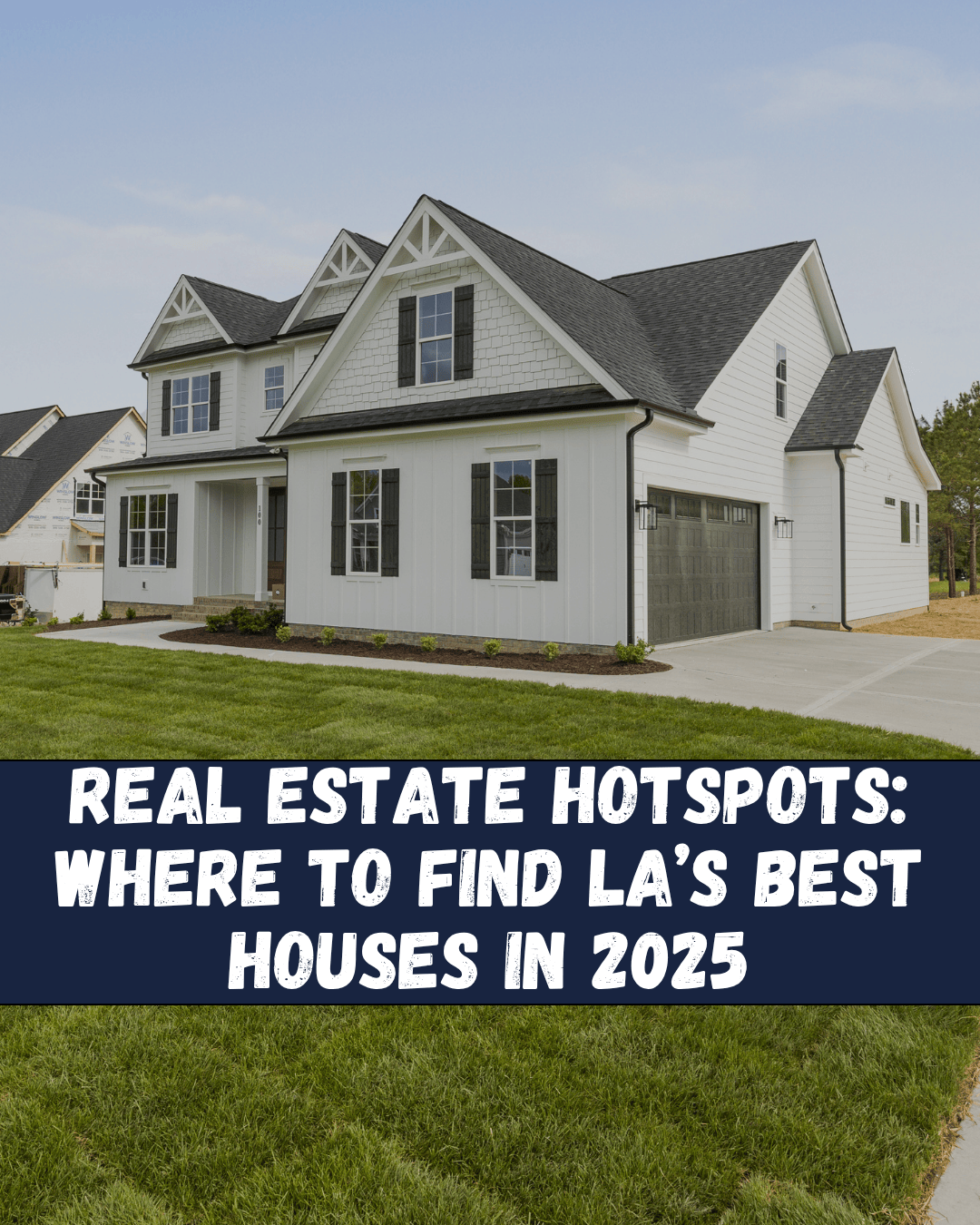
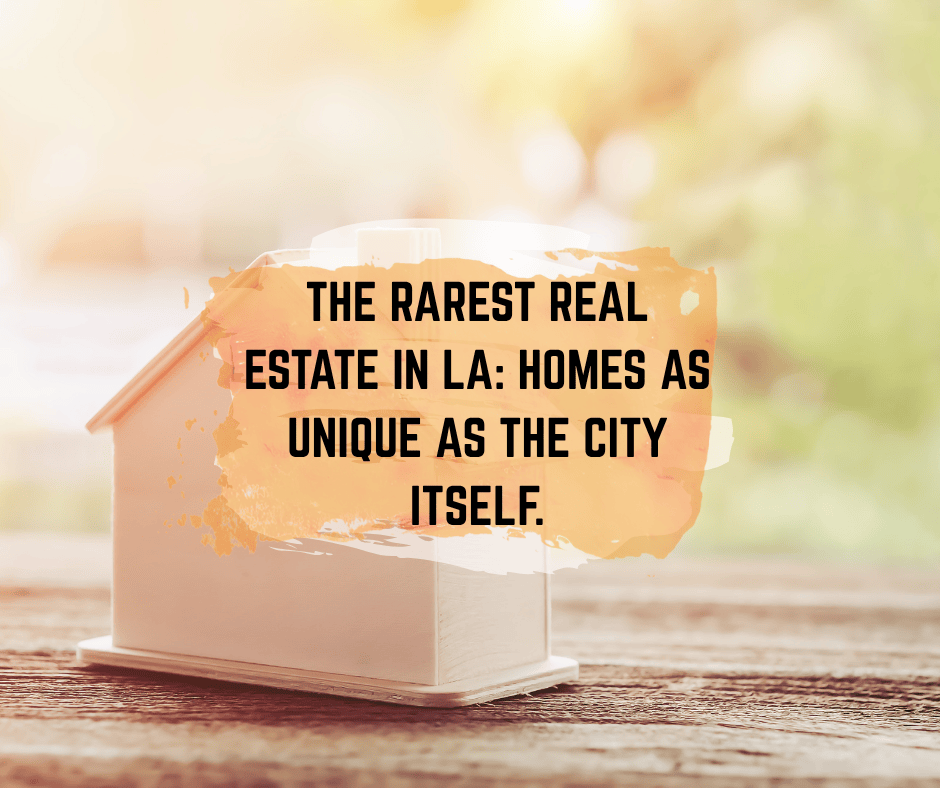
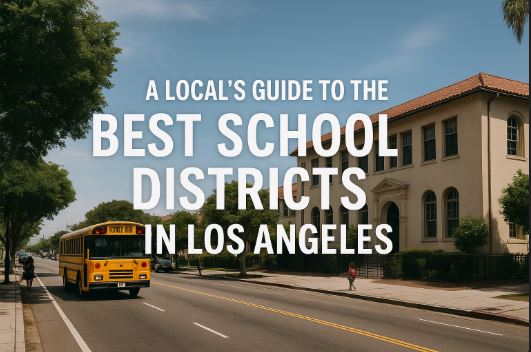

Leave a Reply